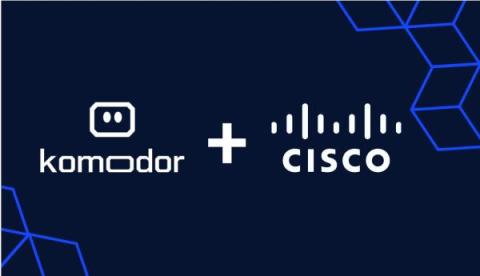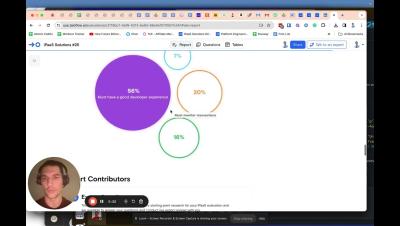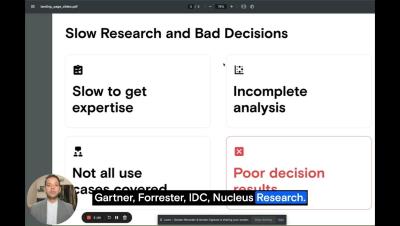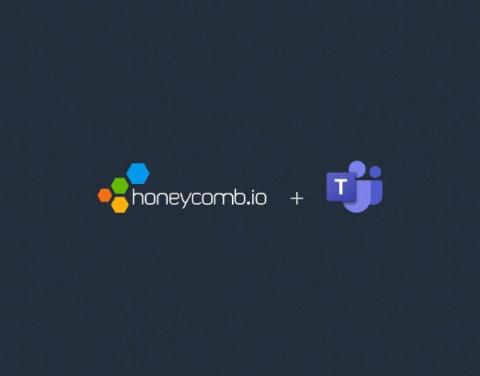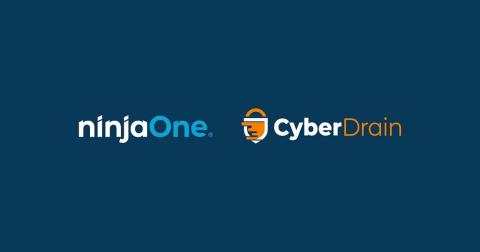Operations | Monitoring | ITSM | DevOps | Cloud
Integration
Key Factors to Consider When Planning an Expansion of Your Warehouse
Never miss machines malfunctioning with ilert integration for Tulip
Downtime costs money. That's why an effective incident management system is crucial. We're excited to announce our new partnership with Tulip to help manufacturers manage incidents better. This integration is an important advancement for complex production processes that require an in-depth operational strategy.
Mastering Integration: A Comprehensive Guide on How to Integrate with ChatGPT
Hyperview and nVent Take Power Distribution Unit Control to the Next Level
Introducing Honeycomb's Microsoft Teams Integration for Enhanced Alert Management
Today marks an exciting milestone at Honeycomb, and we're thrilled to share it with you. We officially launched our integration with Microsoft Teams, a step forward in our continuous effort to streamline and enhance your observability experience. Teams now joins our growing list of over 100 Honeycomb integrations.
Introducing the NinjaOne + CIPP Integration
We’re excited to announce our latest collaboration with the CyberDrain Improved Partner Portal (CIPP), a highly regarded, open-source tool for Microsoft 365 monitoring and management, widely beloved within the community. In this blog, we’ll delve into the specifics of CIPP’s offerings, explore the significance of this integration, and highlight the exciting new features and capabilities that emerge when NinjaOne and CIPP are used together.
Top Data Integration Challenges and How To Overcome Them With PortX
In the ever-evolving landscape of data integration and architecture, organizations grapple with many challenges, from controlling exponentially growing observability data to the complexities driven by hybrid clouds, data migrations, integration of new AI/ML services, and the need for swift time-to-market strategies.


